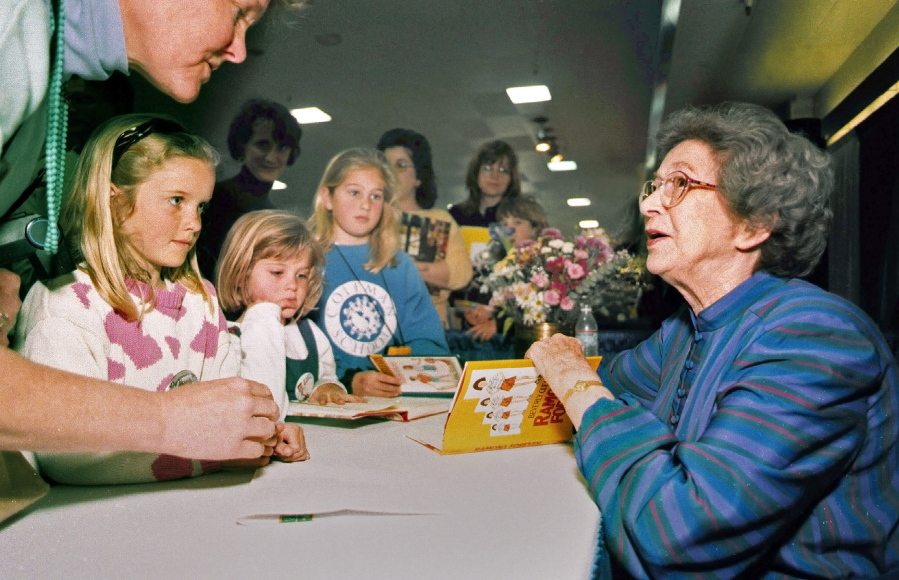When we first meet Ramona Quimby, she’s only 4 years old and already showing signs of greatness.
She can secretly summon 15 friends to her house without her mother suspecting a thing — at least until the children start arriving on the doorstep, expecting a party. She can ruin two birthday cakes in a single day, turn the house upside down with only a box of apples, and make herself the center of attention anywhere, any time — with or without the paper Easter Bunny ears she proudly dons for, say, a trip to the library.
And back in 1955, when she made her title-character debut in “Beezus and Ramona,” the little girl with big brown eyes and a talent for trouble was just getting started.
Over the next six decades, she would appear in seven more books, a Hollywood movie and libraries from coast to coast. Amy Poehler would celebrate her girl power. Generations of schoolchildren would embrace her as one of their own. Judy Blume characters would walk in her footsteps.



